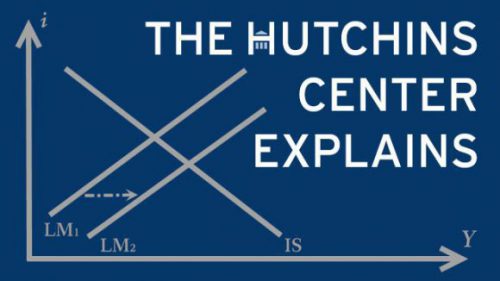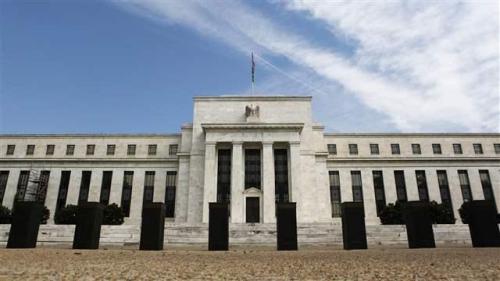The United States is in the midst of a demographic transition. Just 10 years ago, the share of the population that was 65 or older was only 12½ percent. Today, it is 15 percent, and in just 20 years, it is projected to reach 21 percent. These demographic changes have aroused considerable concern about our fiscal future, as much of the budget of the federal government is allocated to old-age entitlement programs. In particular, Social Security, which provides public pensions, and Medicare, which provides health insurance to the aged, will rise as a share of GDP as the baby boom generation enters retirement.
And with federal spending growth projected to significantly outpace revenue, it’s a concern that policymakers should begin to consider. In a new Hutchins Center on Fiscal and Monetary policy working paper, Senior Fellow Louise Sheiner discusses the effects that aging has on federal spending on entitlement programs and the implications for the overall debt burden, as well as aging’s effects on interest rates and productivity.
Although we often talk about aging as arising from the retirement of the baby boomers, that is somewhat misleading. The retirement of the baby boomers represents the beginning of a permanent transition to an older population, reflecting the fall in the fertility rate that occurred after the baby boom and continued increases in life expectancy. Because aging is not a temporary phenomenon, we can’t simply smooth through it by borrowing. Instead, it is clear that population aging will eventually require significant adjustments in fiscal policy—either cuts in spending, increases in taxes, or, most likely, some combination of the two.
Demographic change is relatively easy to forecast, and economists have been studying and debating the budgetary pressures associated with aging for a long time now. But, in addition to the expected consequences of demographic change, it is possible that some other changes that we have been experiencing in the economy may also be linked to aging— in particular, low interest rates and lower productivity growth. These too have important consequences for our long-term fiscal outlook.
Sheiner argues that it is difficult to find policies to lighten the future burden of aging on the federal budget. Increases in labor force participation can help, but without concomitant cuts in benefits, they are not likely to make a large dent. Similarly, policies to lower the debt now have only small effects on the changes required in the future, because the interest savings from such policies are small. Measures to improve the efficiency of health spending are one exception—such policies could help address fiscal imbalances without requiring much sacrifice. Continuing to experiment with payment reforms should be viewed as an important priority for the government, as it has the potential to have very large returns.
“Acting to slow the increase in the debt-to-GDP ratio a bit more than we otherwise would makes sense given these risks. Furthermore, changes to entitlements are often best made years in advance in order to give people time to adjust their spending and work decisions. Thus, a reasonable policy is to begin to make small adjustments to spending and taxes and to start planning the kinds of changes we will want to make in the future.”
The Brookings Institution is committed to quality, independence, and impact.
We are supported by a diverse array of funders. In line with our values and policies, each Brookings publication represents the sole views of its author(s).







